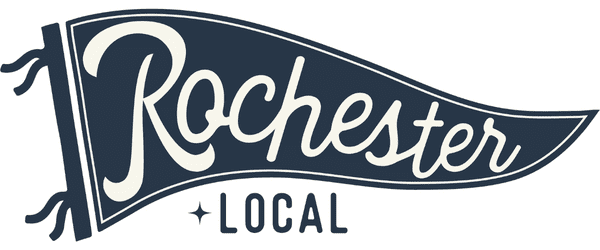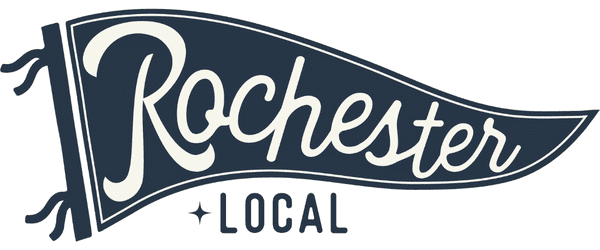
Orange Theory, CrossFit, Burn Boot Camp, Insanity, P90X…..these are the most popular group and individual workouts on the market right now. There are many reason why these workouts are so popular. Many of these offerings have created amazing communities as well as delivered real-life results for thousands, if not millions, of people.
BUT, if you are like me, the sticker shock at the door has your checkbook paralyzed. You many even have the thoughts, “well, if I join and pay a triple digit/month amount, I will go without pedicures, new clothes, clip coupons, etc.” Yeah….then the mom guilt kicks in and I say no to joining a new gym. For this reason, as well as the flexibility of scheduling, I develop my own workouts.

For the last 13 years I have taught group fitness classes here in Rochester and over the course of my 22 year tenure as a group fitness instructor, I have taught everything from A to Z. My body is built for high intensity interval workouts. My brain is wired for it and my competitive spirit feeds from it. High intensity interval training sessions are commonly called HIIT workouts. This type of training involves repeated bouts of high intensity effort followed by varied recovery times. According to the Amercian College of Sports Medicine (ACSM), HIIT includes intense work periods that may range from 5 seconds to 8 minutes long, and are performed at 80% to 95% of a person’s estimated maximal heart rate. The recovery periods may last as long as the work periods and are usually performed at 40% to 50% max effort.
Sounds hard, right? Well it is, but it’s awesome and it’s effective. HIIT training has been shown to improve:
– aerobic and anaerobic fitness levels
– blood pressure
– insulin sensitivity (which helps the exercising muscles more readily use glucose for fuel to make energy)
– reduction of body composition, decrease in body fat and body weight while maintaining lean muscle mass and strength.
HIIT is a busy mom’s best friend because it is highly effective and it can easily be modified for people of all fitness levels and special conditions. Anyone can do it! HIIT workouts can be performed on all exercise modes, including cycling, walking, swimming, aqua training, elliptical cross-training, and in many group exercise classes. HIIT workouts tend to burn more calories than traditional workouts, especially after the workout. The post-exercise period is called “EPOC”, which stands for excess post-exercise oxygen consumption. This is generally about a 2-hour period after an exercise bout where the body is restoring itself to pre-exercise levels, and thus using more energy. Because of the vigorous nature of HIIT workouts, the EPOC generally tends to be modestly greater, adding about 6 to 15% more calories to the overall workout energy expenditure.
Here are two examples of great HIIT workouts you can do at home or outside as weather permits!
- Warm up 3-5 minutes lite jogging
- Perform each movement one time through without rest; rest 1 minute; repeat 5x
- 20 pop squats (jack squats)
- 20 sumo stomps
- 20 wide high jumps
- 20 switch lunges
- 20 narrow high jumps
- 50 sumo squats
- Note: this is a track/bleachers/stairs workout. Start with a light jog for 5 minutes to warm up.
- Bleachers: run(walk) up and down at a good but safe pace for time then do the exercise indicated for reps.
- 2 mins followed by 25 push-up jacks
- 3 mins followed by 20 squat thrusts
- 5 mins followed by 30 push-ups (hands on bench)
- 1 min followed by 40 mountain climbers
- 4 mins followed by 15 step ups (on bench) or burpees
- 3 mins followed by 20 lunge jumps
- 5 minute cool down walk.
How Many Times a Week Can You Do a HIIT Workout? HIIT workouts are more exhaustive than “steady state” endurance workouts, like jogging or biking. Therefore, a longer recovery period is often needed. Perhaps start with one HIIT training workout a week, with your other workouts being steady state workouts. As you feel ready for more challenge, add a second HIIT workout a week, making sure you spread the HIIT workouts throughout the week.

